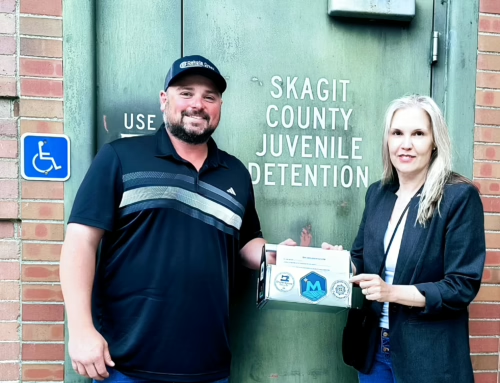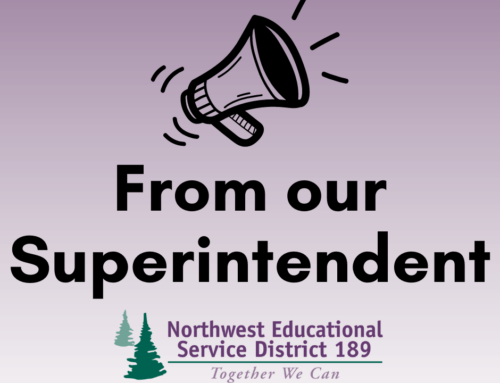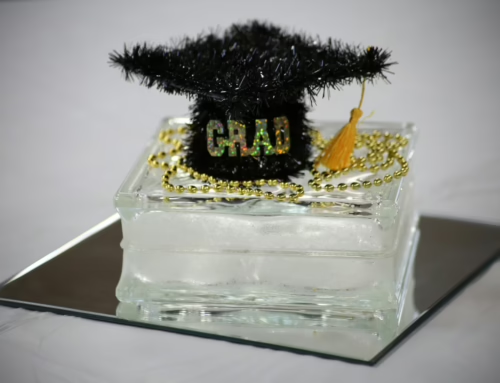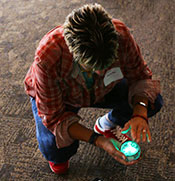
I wandered back into the NWESD building after my summer break to find a roomful of excited teachers watching brightly colored spheres roll around on the floor in the Reid Harbor Room. I carefully walked around the room, trying hard not to step on the glowing orbs, but I must admit I was surprised when one of those speedy, little guys rolled out of nowhere and hit me in the ankle!
It turns out these teachers were deeply engaged in theExploring STEM through Spheroworkshop. Why robots? Washington State is currently in the process of updating and subsequently adoptingEducation Technology Standards. We haveWA State Science Learning Standards(WSSLS)that specifically call out computational thinking and technology as scientific practices, areas in which students need to gain understanding.
In addition, the Washington State Legislature recently enacted a law requiring certificated teachers to complete fifteen hours of STEM professional learning with their recertification applications beginning in 2017. This workshop provided 10 hours of STEM education for these teachers.(See Ed Talk April 18, 2016)
During the workshop, elementary and middle school teachers spent time controlling the paths of their Sphero robot via their personal electronic devices. Teachers were challenged to play a game of tag, create a square, design a chariot that could travel around a track twice and navigate a maze.Watch a short video here.
This was one of the first learning opportunities provided by the NWESD that qualified as a STEM class. Facilitators were focused on the importance of the Engineering Design Process, which is central to theNext Generation of Science Standards (NGSS) and significant when thinking about preparing students for the 21st Century.
This initial exposure to coding enabled teachers to access the Science and Engineering practices in theNGSS, such as:
-
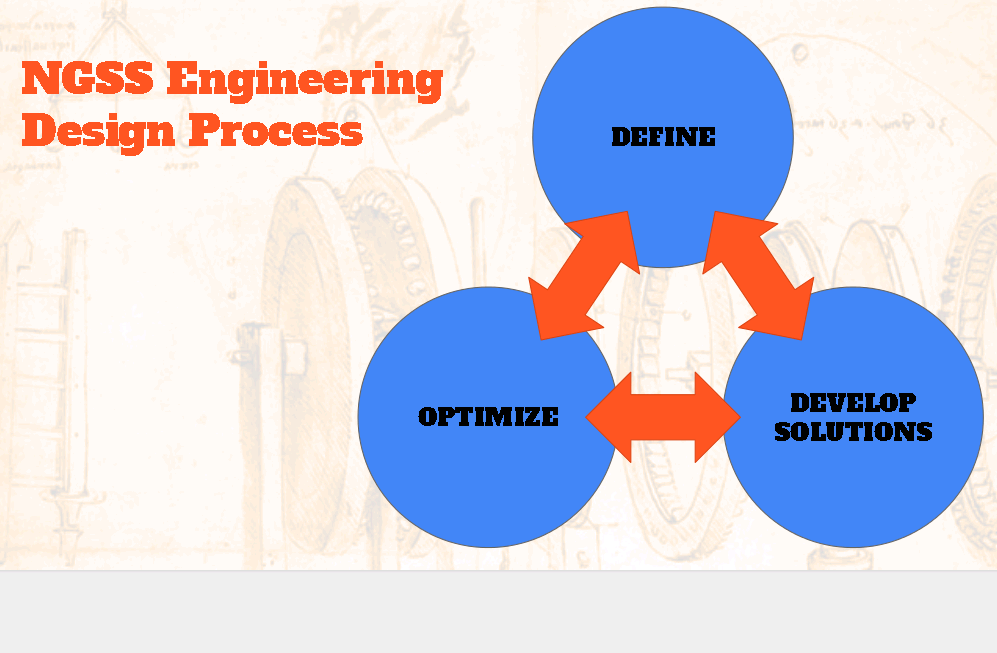 3-5-ETSI-2,engineers improve existing technologies or develop new ones to increase their benefits, to decrease known risks, and to meet societal demands, and
3-5-ETSI-2,engineers improve existing technologies or develop new ones to increase their benefits, to decrease known risks, and to meet societal demands, and - 4-PS3-4,most scientists and engineers work in teams.
Teachers also experienced many of theStandards for Mathematical Practices; in particular,Math Practice 1,which calls for students to make sense of problems and persevere in solving them. Likewise, some of theEnglish Language Arts Anchor Standards for Reading Writing and Speaking and Listeningwere also evident, as research and presentation were part of this workshop.
It’s clear from the participant feedback that additional professional development that differentiates both the programming (coding) and design components of the upcoming Educational Technology Standards is needed. Look for future STEM opportunities for educators and studentsto be offered at the NWESD.

